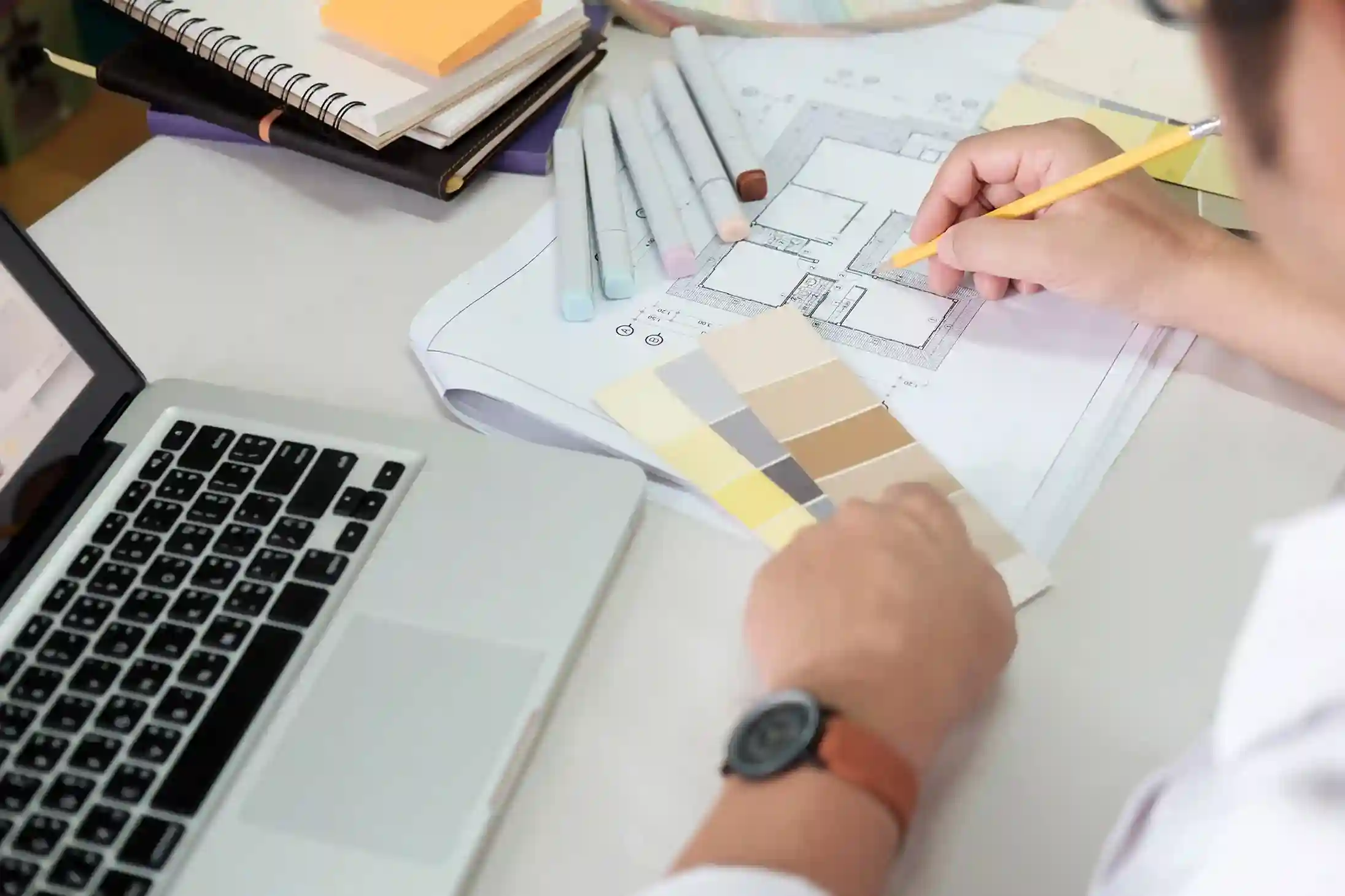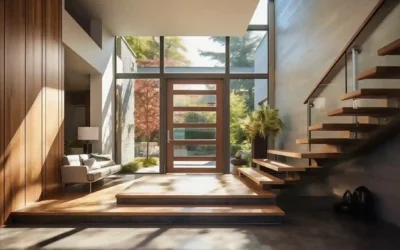When most people think of architects, they imagine blueprints, floor plans, and structural designs. While these are certainly core elements of an architect’s expertise, the scope of their role extends far beyond walls and ceilings. In fact, architects often serve as key players in shaping the interior styling of a space—from the earliest concepts to the final selection of furniture.
In Dubai, where luxury, culture, and innovation merge, interior styling is not an afterthought; it is an integral part of the architectural process. At Meraia Concepts, we believe that architecture and interiors are inseparable, and true design excellence comes when both are harmonized under a single vision.
This article explores how architects shape interiors, why their involvement matters, and how they guide the process from concept development to furniture curation.
1. Why Architects Should Oversee Interior Styling
Interior styling is often viewed as the work of decorators or furniture suppliers. While these professionals play important roles, architects bring a holistic perspective that ensures every design choice supports the space’s purpose, flow, and identity.
Architects in Dubai understand how a building’s structure interacts with its interiors. By controlling both the “bones” of the space and its furnishings, they can ensure harmony between the environment and the elements placed within it. This integration prevents common design pitfalls such as oversized furniture in undersized rooms, or interiors that clash with the architectural character of the building.
2. From Concept to Interior Mood
Every great design journey starts with a concept. Architects translate a client’s vision into a design language—whether that means sleek modern minimalism, opulent Arabic luxury, or a nature-inspired retreat.
During this stage, architects:
- Define the style direction (contemporary, classic, transitional, etc.).
- Select color palettes aligned with the architecture and lighting.
- Map out functional layouts that accommodate lifestyle needs.
By setting this conceptual foundation, architects ensure the interiors remain true to the project’s vision throughout every subsequent stage.
3. Space Planning as the Core of Interior Styling
Furniture and décor are only as effective as the layout that supports them. Architects excel at space planning, which goes beyond aesthetics to focus on movement, comfort, and usability.
For example:
- In a living room, they consider circulation routes, viewing angles, and natural light when positioning sofas and coffee tables.
- In a bedroom, they balance storage requirements with relaxation zones.
- In commercial spaces, they ensure furniture promotes productivity, customer engagement, or hospitality flow.
This planning transforms furniture placement from a decorative afterthought into a functional, intentional design choice.
4. The Architect’s Eye for Proportion and Scale
One of the most overlooked aspects of interior styling is proportion. A room with a soaring ceiling requires different furniture choices than a compact apartment. Architects, trained to understand dimensions and visual balance, ensure every piece complements the overall scale of the space.
For example, a villa in Dubai with tall windows may require elongated drapes and proportionate furniture, while a chic city apartment might benefit from modular, space-saving designs. Without an architect’s input, these nuances can easily be missed, leading to interiors that feel awkward or mismatched.
5. Material and Finish Selection
Interior styling is not just about furniture; it’s also about finishes—flooring, wall treatments, textiles, and lighting fixtures. Architects oversee these selections with an eye toward cohesion.
They ensure that:
- Flooring complements furniture tones.
- Wall finishes enhance the room’s atmosphere.
- Lighting highlights focal areas and creates ambiance.
In Dubai, where luxury and durability are equally important, architects also consider climate factors when recommending materials, ensuring longevity without sacrificing beauty.
6. Furniture Selection and Customization
The final touch of interior styling lies in furniture selection. Architects bridge the gap between functionality and aesthetics by helping clients choose or even design furniture pieces that suit the project’s goals.
Their process includes:
- Identifying needs: storage, seating, work surfaces, or display areas.
- Sourcing options: guiding clients toward brands, craftsmen, or custom-made solutions.
- Ensuring cohesion: making sure every piece contributes to a unified narrative.
In many projects, architects collaborate with bespoke furniture makers to deliver custom solutions, especially for high-end villas and commercial spaces in Dubai. This ensures interiors feel truly unique and tailored to the client.
7. The Architect as a Stylist and Storyteller
When architects handle interior styling, they don’t just place furniture—they craft stories. Every element, from the rug underfoot to the artwork on the wall, contributes to an atmosphere that tells the story of the people inhabiting the space.
This narrative approach is particularly relevant in Dubai, where clients often want spaces that reflect both international sophistication and cultural identity. By blending heritage and modernity, architects deliver interiors that feel personal and timeless.
8. Why Meraia Concepts Puts Styling at the Heart of Architecture
At Meraia Concepts, we don’t see architecture and interiors as separate. From the earliest sketches, our team envisions the way a space will feel once it’s lived in or used daily.
Our process ensures:
- The architecture frames the interiors beautifully.
- Furniture selections align with functionality and design vision.
- Every detail—from lighting to finishes—works in harmony.
By guiding clients from concept to furniture selection, we deliver spaces that aren’t just built, but curated.
In a city like Dubai, where design excellence is expected, this integration elevates properties and creates lasting value.
If you’re planning a project and want interiors that seamlessly match your architecture, book a consultation with Meraia Concepts, the leading architecture firm in Dubai today. Let’s design and style your space into perfection.




